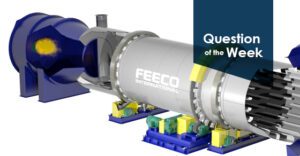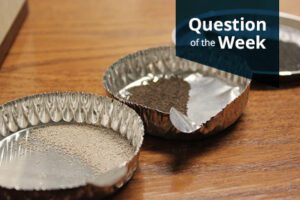How to Keep a Belt Conveyor Running Smoothly
No matter what equipment you’re working with, your preventative maintenance program should require a routine, thorough inspection of the equipment at hand. The same holds true for belt conveyors. The following belt conveyor components should be regularly inspected to ensure ideal operation, and to extend …














